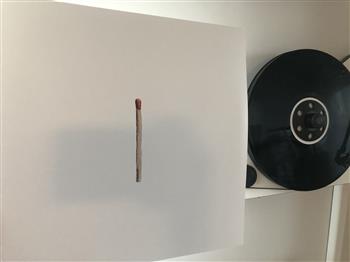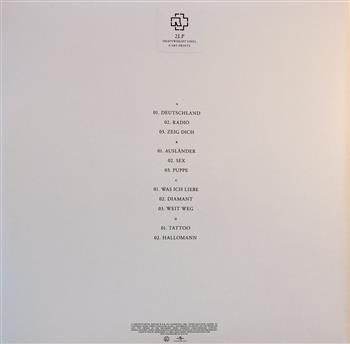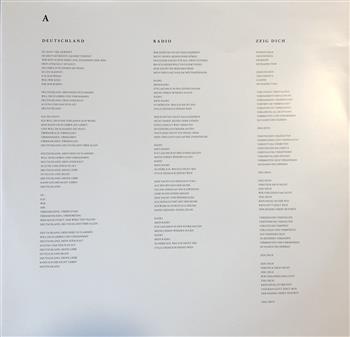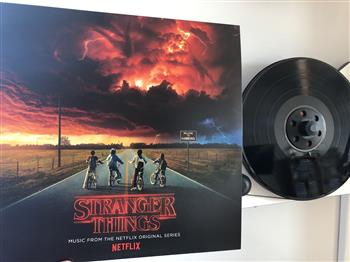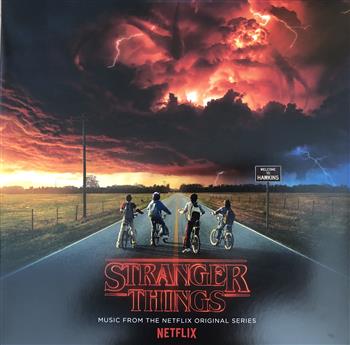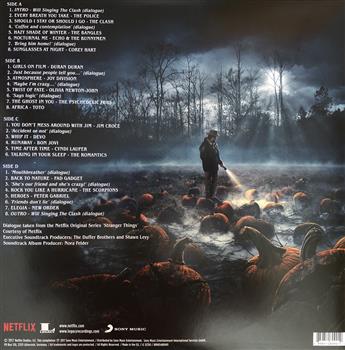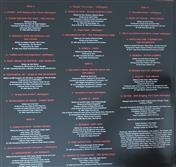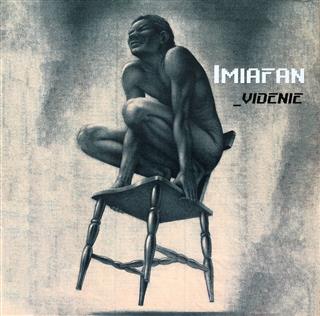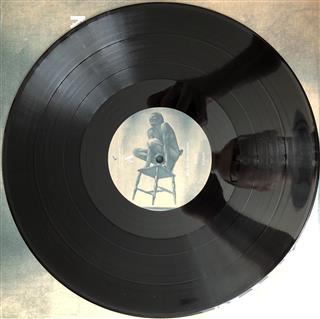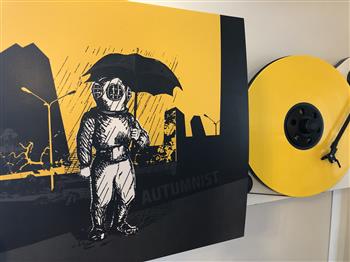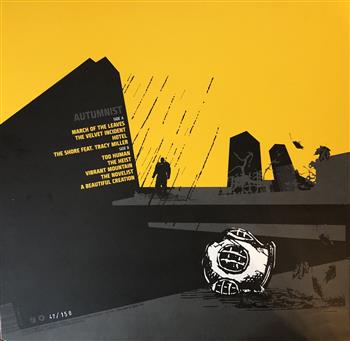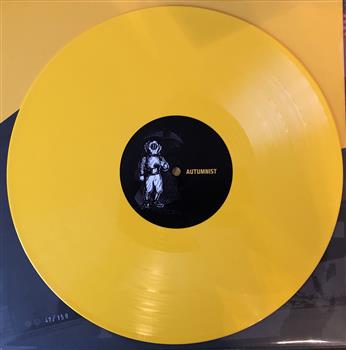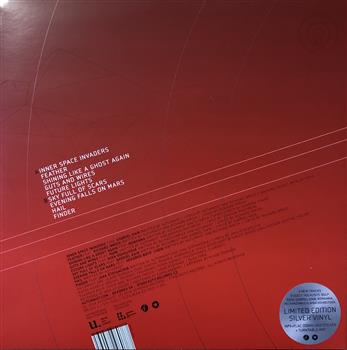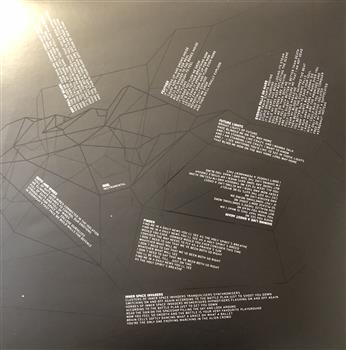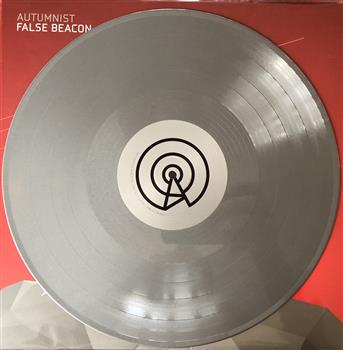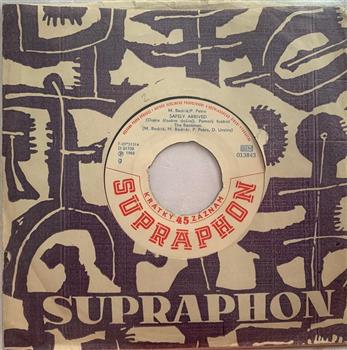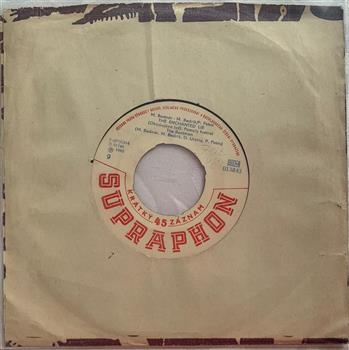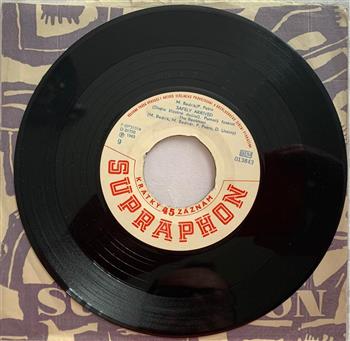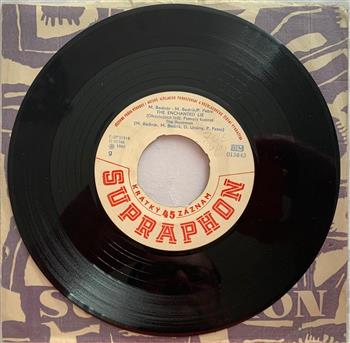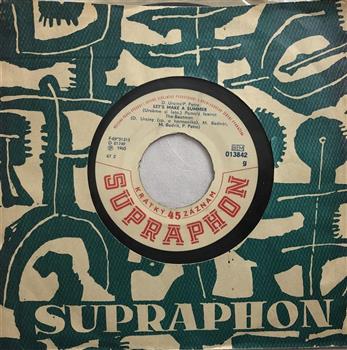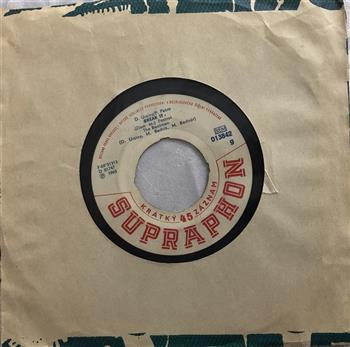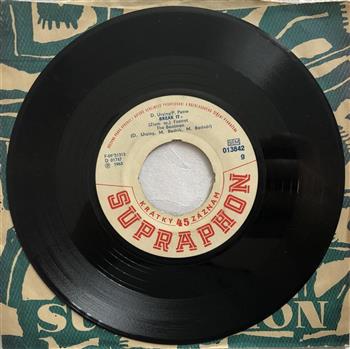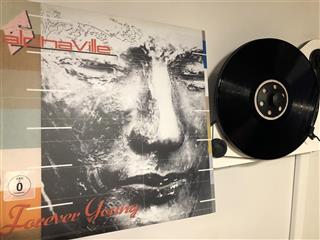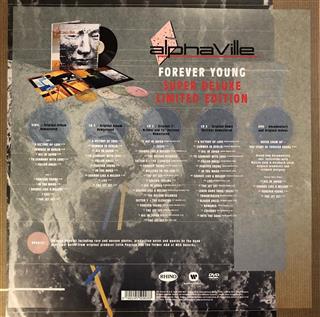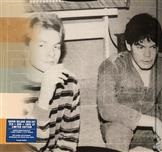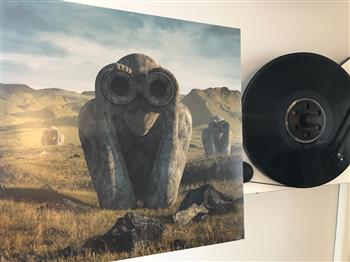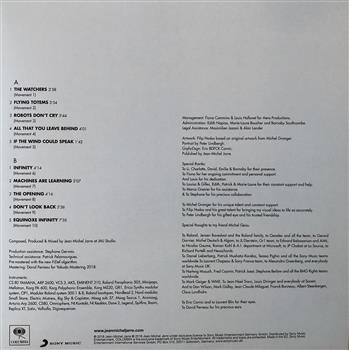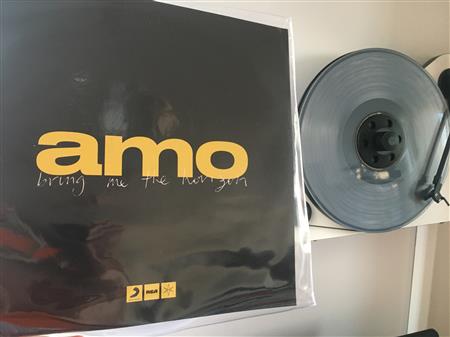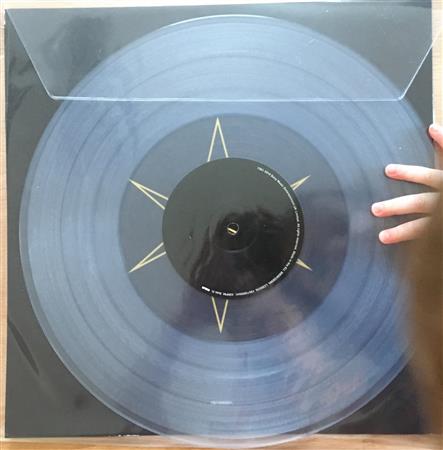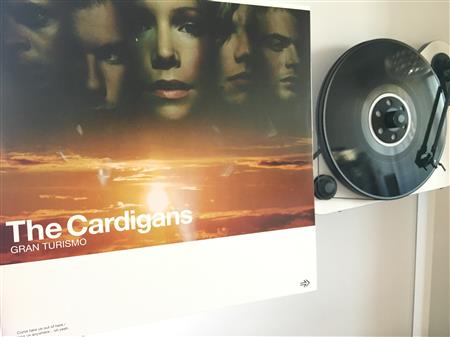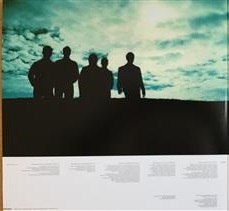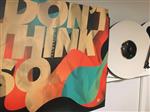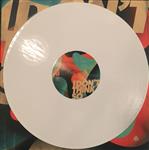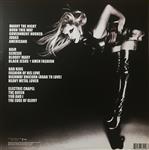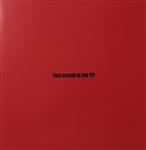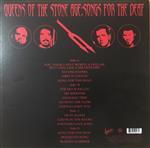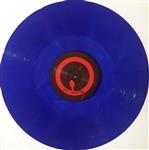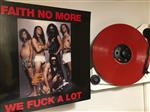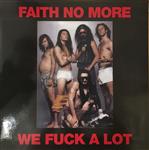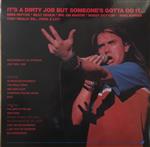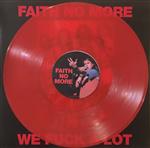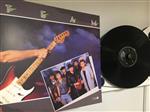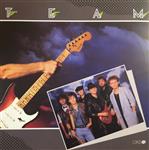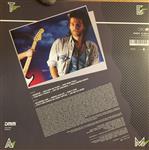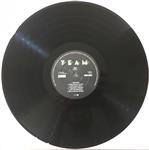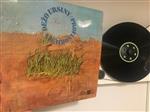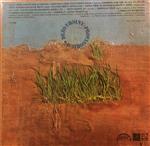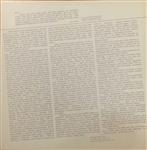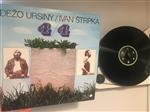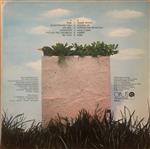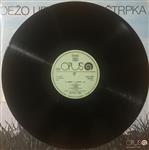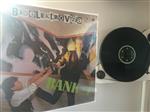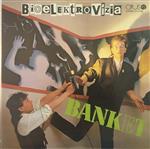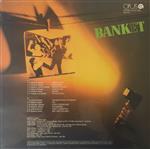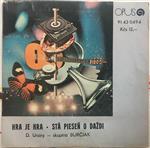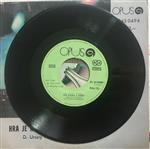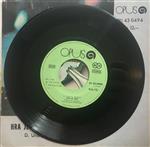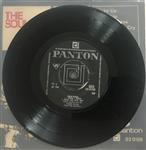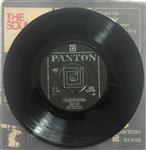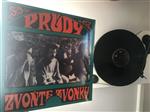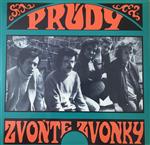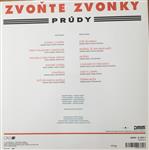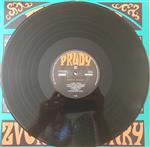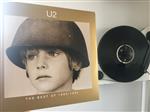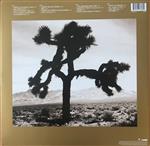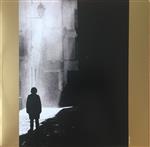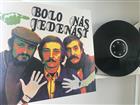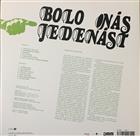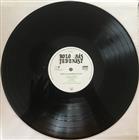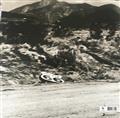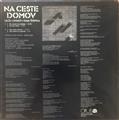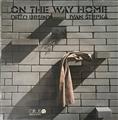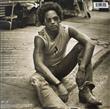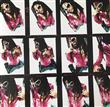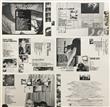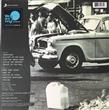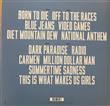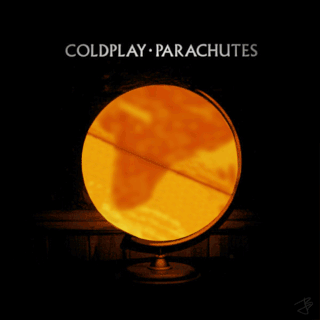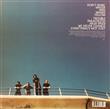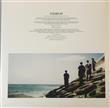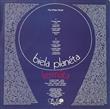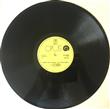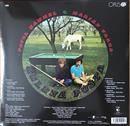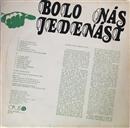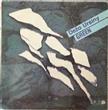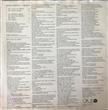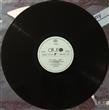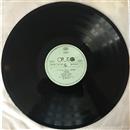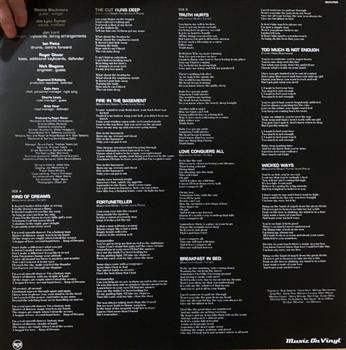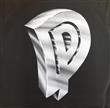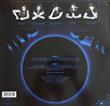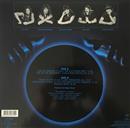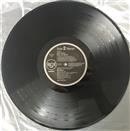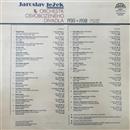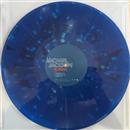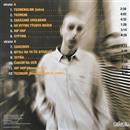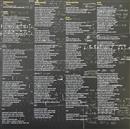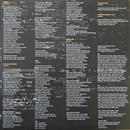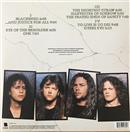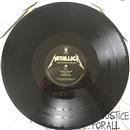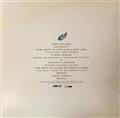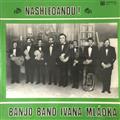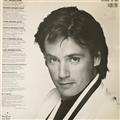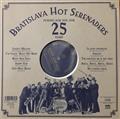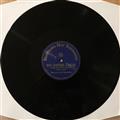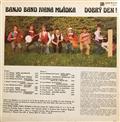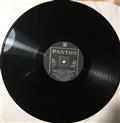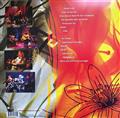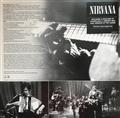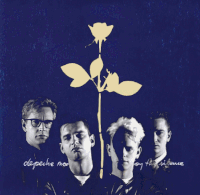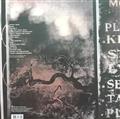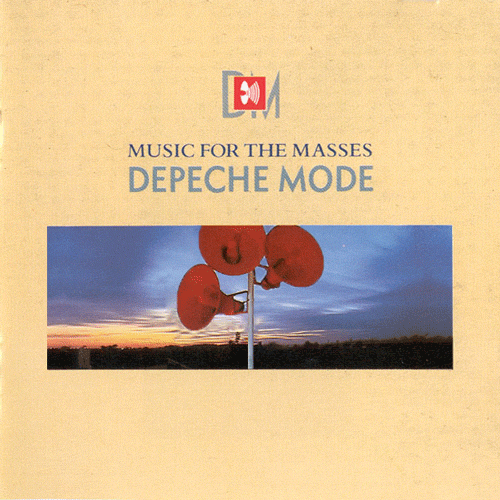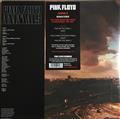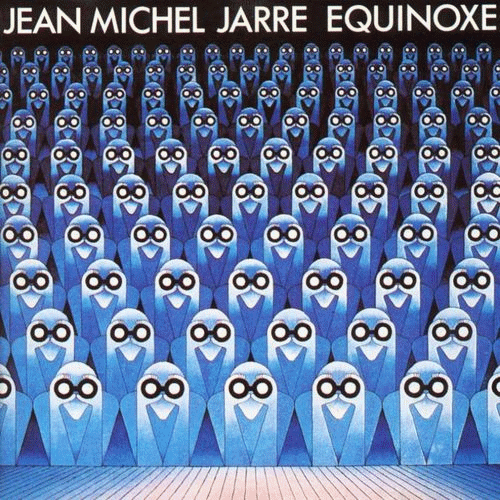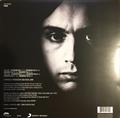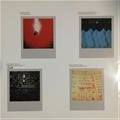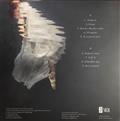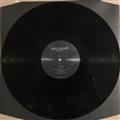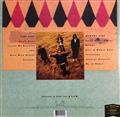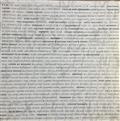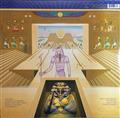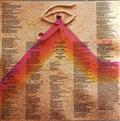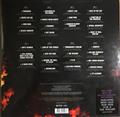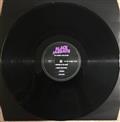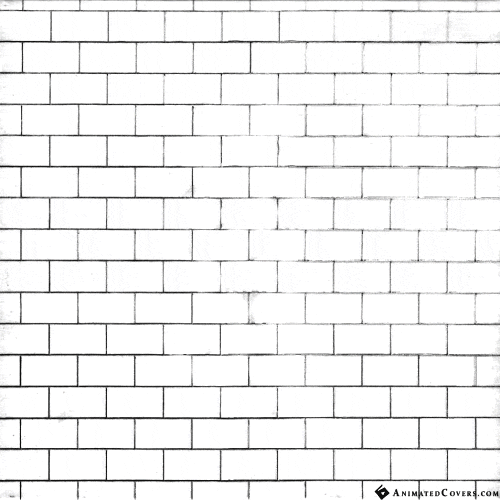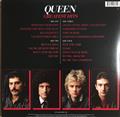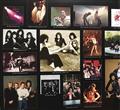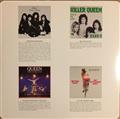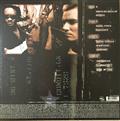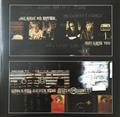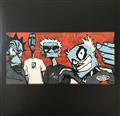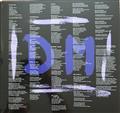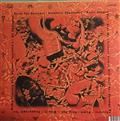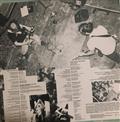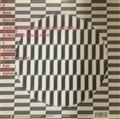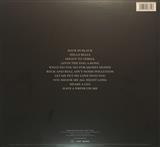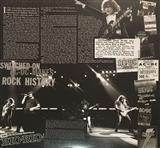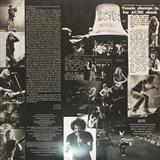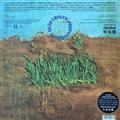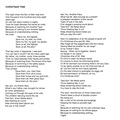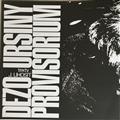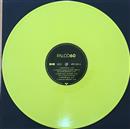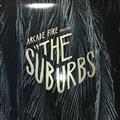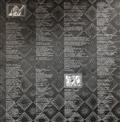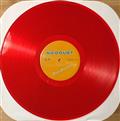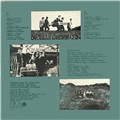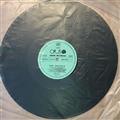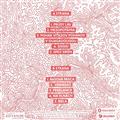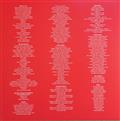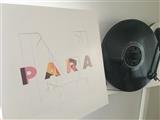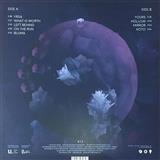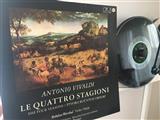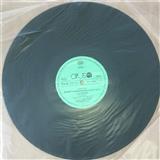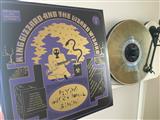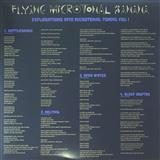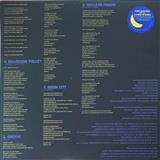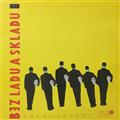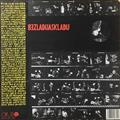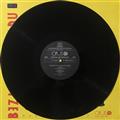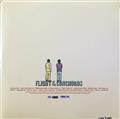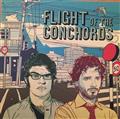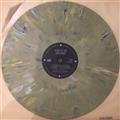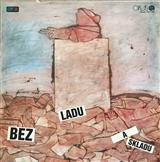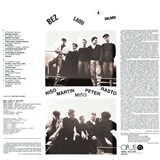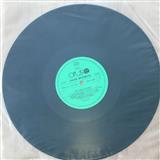- accommodation «
- rooms «
- contact «
- attractions «
- hobby «
- aquarium «
- books «
- vinyl
Vinyl records
Yes, they still make vinyl records, and believe it or not, they never stopped. Even when we swore that our Walkman, iPod, whatever, would replace all musical media, someone, somewhere, was still buying those giant, ancient vinyl discs.
Do yourself a favor, and try it yourself.
Here is our collection in an order of its purchase (the newest acquisitions on top):
Berlin Manson – Život Koncí Ked Máš Trinást David Bowie – Hunky Dory Tublatanka – Najlepšie Roky Lady Gaga – The Fame Stranger Things 4 – OST Billy Barman – Nocní Jazdci David Bowie – Serious Moonlight David Bowie – No Plan EP David Bowie – Hours... David Bowie – 1. Outside David Bowie – BBC Radio Theatre Arcade Fire – We Vec & Tono S. – Ultrazvuk Sting – Brand New Day Vidiek – Najvidiekovatejší Katarzia – Agnostika Pink Floyd – Obscured By Clouds David Bowie ★ Blackstar Faith No More – Who Cares A Lot? The Greatest Hits Bez Ladu A Skladu – Horúce hlavy (RE) David Bowie – Heathen Gorillaz – Demon Days Beastie Boys – Music Tame Impala – Lonerism Fallgrapp – V Hmle Pink Floyd – The Dark Side Of The Moon, Československo 1978 The Flaming Lips – Embryonic The Flaming Lips – American Head The Flaming Lips – Yoshimi Battles The Pink Robots The Flaming Lips – At War With The Mystics Dežo Ursiny / Ivan Štrpka – Nové Mapy Ticha (RE) The Flaming Lips With ... – The Dark Side Of The Moon Caribou – Suddenly The Music Of DC Comics – 75th Anniversary Collection Talk Talk – Natural History (The Very Best Of) Deftones – Around The Fur Free Faces – Almost True Story Jean-Michel Jarre – Zoolook Dežo Ursiny / Ivan Štrpka – Bez Počasia (RE) Eagles – Hotel California Stranger Things 3 - OST The Beatmen – Stand Up And Go (1966) Lasica & Satinský & Filip – S Vetrom Opreteky (82/1) G. Gershwin – Rhapsody In Blue/An American In Paris (76/1) Dežo Ursiny – Pevnina Detstva (RE) Pink Floyd – BBC 1967 /bootleg/ Jaroslav Filip – Cez Okno (RE) Dežo Ursiny/Ivan Štrpka – 4/4 (RE) Pink Floyd – A Nice Pair Pink Floyd – Meddle Ultravox – Vienna Giorgio Moroder and Klaus Doldinger – The NeverEnding Story System Of A Down – Toxicity Pink Floyd – BBC 1968 /bootleg/ Monkey Business – Bad Time For Gentlemen Henry Mancini – The Pink Panther (Music From The Film Score) Pink Floyd – One Slip (7" Single) Fats Jazz Band – That old feeling Madonna – Ray Of Light Imiafan, Martin Burlas, Ivan Štrpka – Krv Čiernobielych Fotografií U2 – The Best Of 1990-2000 Para – Brutálna Zostava Brand New – Science Fiction Bronski Beat – The Age Of Consent Daft Punk – Discovery Daft Punk – Random Access Memories Goran Bregovic – Music Inspired And Taken From Underground Dežo Ursiny, Ivan Štrpka – Momentky (90/1, 90/1) Fermáta – Generation Fermáta – Fermáta Billy Barman – Dýchajúce obrazy Billy Barman – Modrý Jazyk Dežo Ursiny – Pevnina detstva (78/2, 79/1) Dežo Ursiny, Ivan Štrpka, Burčiak) – Modrý Vrch (RE) Dežo Ursiny – Without Weather (85/2, 85/2, 85/2, 87/2) Dežo Ursiny, Ivan Štrpka – Bez Počasia (84/1, 84/2) Eurythmics – Sweet Dreams (Are Made Of This) Metallica – Metallica The Cure – Greatest Hits Rammstein – Reise, Reise David Bowie – Legacy Depeche Mode – Black Celebration Dežo Ursiny / Ivan Štrpka – Nové Mapy Ticha (80/1, 80/1) Alphaville – Forever Young J.S.Bach, J.Reinberger – Organ Music Fermáta – Dunajská Legenda Sade – The Best Of Sade Metallica – Creeping Death / Jump In The Fire Hammel, Varga, Hladík – Na II. Programe Sna (RE) Collegium Musicum – Speak, Memory Monkey Business – Sex And Sport? Never! Dežo Ursiny – The Blue Hill (83/1, 83/1, 83/2, 83/2) Dežo Ursiny, Ivan Štrpka, Burčiak) – Modrý Vrch (81/2) The Shadows – The Shadows Singles Collection To Bylo Osvobozené Divadlo 1 (1928-1933) Vec – Domáce Potreby Rammstein – Paris David Gilmour – Live At Pompeii Highlights From The Phantom Of The Opera Björk – Greatest Hits Peter Nagy – Myslíš Na To, Na Čo Ja? Henry Mancini – The Pink Panther Santana – 25 Hits Slobodná Európa – Unavení A Zničení Depeche Mode – Spirit Anne Mutter, Herbert Karajan – A. Vivaldi, Le Quattro Stagioni Depeche Mode – Playing The Angel Pink Floyd – A Momentary Lapse Of Reason Roger Waters – Amused To Death Dave Gahan & Soulsavers – Angels & Ghosts Soulsavers – The Light The Dead See Caribou – Our Love Caribou – Swim Red Hot Chili Peppers – Californication Depeche Mode – Sounds Of The Universe Chris Isaak – Wicked Game Guns N' Roses – Appetite For Destruction Faith No More – Album Of The Year Guns N' Roses – Use Your Illusion II Queens Of The Stone Age – ...Like Clockwork Nirvana – Nevermind Pink Floyd – Delicate Sound Of Thunder Deep Purple – A Fire In The Sky Prince – 4Ever Faith No More – Angel Dust Twin Peaks – Music From The Limited Event Series R.E.M. – Automatic For The People Angelo Badalamenti – Twin Peaks Jana Kirschner – 16 Naj Pesničiek HIM – Razorblade Romance Recomposed By Max Richter: Vivaldi- The Four Seasons Porcupine Tree – Fear Of A Blank Planet Jean Michel Jarre – Oxygene Arcade Fire – Everything Now Pink Floyd – The Dark Side Of The Moon Beyoncé – Lemonade Iron Maiden – Fear Of The Dark Xiu Xiu – Plays The Music Of Twin Peaks Pink Floyd – Wish You Were Here
Why?
Long story short, for us, vinyl simply offers the most to enjoy ... if you appreciate "conscious listening to music".
Plus those rituals needed for playing a vinyl record (storage boxes and shelves, dust brushes, fliping to "other" side, considerable sized visuals and art, touchable and varied materials and colors, 7", 10" or 12" sizes, athmosphere of the flea markets ...
and then this amazing mechanical electronic device called a turntable (gramofón) and fidgeting with it) are all contributing to a pleasure of being a music fan.
Just like live (real) music, vinyl is a format that requires some extra effort — but (almost) always rewards it.
Berlin Manson – Poor But Sexy Depeche Mode – Memento Mori David Bowie – Something In The Air (Live Paris 99) Borderlands – OST Dežo Ursiny, Ivan Štrpka – Do Tla Rammstein – Zeit David Bowie – Eart hl i ng David Bowie – Toy David Bowie – Black Tie White Noise Roger Waters – Radio K.A.O.S. Miro Žbirka – Chlapec Z Ulice R.E.M. – Monster Bobby Krlic – Midsommar OST Bez Ladu A Skladu – Xmetov Saténové Ruky – LOM Jean Michel Jarre – Chronology (RE) Dežo Ursiny / Ivan Štrpka – Zelená (RE) Flight Of The Conchords – Live In London Bert & Friends – Supr Bert & Friends – Panna a netvor Bert & Friends – Klasirdo Oceán – Pyramida Snů Monkey Business – Freedom On Sale Ventil RG – Ventil RG Twenty One Pilots – Trench Billy Barman – Zlatý Vek The Many Faces Of Depeche Mode Kraftwerk – Maximum /bootleg/ Lady Gaga – Chromatica Pink Floyd – The Division Bell Klaus Doldinger – Das Boot (Die Original Filmmusik) Fallgrapp – Ostrov Ghostbusters – OST Katarzia – Celibát Fermata – Blumental Blues Tears For Fears – Songs From The Big Chair Mike Oldfield - Crises ZOO – Čas Sluhů Slovenské Kvarteto – Debussy/Ravel String Quartets 30 Let Výroby Gramofonových Desek V Loděnici Milan Lasica a Jaroslav Filip – Sťahovaví Vtáci (RE) Tomáš Dvořák – Machinarium Soundtrack Don Davis – The Matrix (Score) Elmer Bernstein – Ghostbusters (Score) Ghostbusters II – OST Madonna – Like A Prayer Billie Eilish – When We All Fall Asleep, Where Do We Go? Rammstein – Rammstein Stranger Things – OST Imiafan – Videnie Autumnist – The Autumnist Autumnist – False Beacon The Beatmen – The Enchanted Lie / Safely Arrived (7") (65) The Beatmen – Break It / Let's Make A Summer (7" Single) (67/2) Alphaville – Forever Young (RE) Jean-Michel Jarre – Equinoxe Infinity Bring Me The Horizon – Amo The Cardigans – Gran Turismo Nvmeri – I Don't Think So Lady Gaga - Born This Way Queens Of The Stone Age – Songs For The Deaf /bootleg/ Faith No More – We Fuck A Lot /bootleg/ Team 4 – Team Dežo Ursiny – Provisorium (klub 73, 75/2) Dežo Ursiny, Ivan Štrpka – 4/4 (83/1, 84/2, 84/2, 84/2) Banket – Bioelektrovízia Dežo Ursiny – Hra Je Hra, Stá Pieseň O Daždi (7" Single) (79/1) The Soulmen – EP (68/2, 68/2) Prúdy – Zvoňte, Zvonky (RE) U2 – The Best Of 1980-1990 Lasica, Satinský, Filip – Bolo Nás Jedenásť (RE) Depeche Mode – 101 Roger Waters – Is This The Life We Really Want? Dežo Ursiny, Ivan Štrpka – Na Ceste Domov (87/1, 87/2) Dežo Ursiny, Ivan Štrpka – On The Way Home (87/1, 88/1) Lenny Kravitz – Greatest Hits Queens Of The Stone Age – X Rage Against The Machine – Rage Against The Machine The Alan Parsons Project – The Turn Of A Friendly Card Lana Del Rey – Born To Die Coldplay – Parachutes Fermáta – Biela Planéta Fermáta – Huascaran Hammel & Varga – Zelená Pošta (RE) Lasica & Satinský & Filip – Bolo Nás Jedenásť (84/1) Dežo Ursiny – Green (87/1, 87/1, 87/1) Dežo Ursiny / Ivan Štrpka – Zelená (86/1, 87/1) The Doors – The Doors Deep Purple – Slaves And Masters (RE) Deep Purple – Slaves And Masters (TOPAC) Deep Purple – Slaves And Masters (POPRON) Jaroslav Ježek & Orchestr Osvobozeného Divadla (1930 – 1938) Michael Jackson – Scream Trosky – Trosky Led Zeppelin – Led Zeppelin IV Metallica – ...And Justice For All Flight Of The Conchords – I Told You I Was Freaky Banjo Band Ivana Mládka – Nashledanou! Jean Michel Jarre – Rendez-Vous Bratislava Hot Serenaders – Playing For You For 25 Years Banjo Band Ivana Mládka – Dobrý Den! Nirvana – MTV Unplugged In New York Depeche Mode – Violator Alanis Morissette – Supposed Former Infatuation Junkie Depeche Mode – Music For The Masses Pink Floyd – Animals Jean Michel Jarre – Equinoxe Jean Michel Jarre – Magnetic Fields Fallgrapp – Rieka R.E.M. – Out Of Time Iron Maiden – Powerslave Black Sabbath – The Ultimate Collection Pink Floyd – The Division Bell Pink Floyd – The Wall Queen – Greatest Hits Prodigy – The Fat Of The Land Depeche Mode – Songs Of Faith And Devotion Nirvana – In Utero Lady Gaga – Artpop AC/DC – Back in Black Dežo Ursiny – Provisorium (RE) Falco – Falco 60 Arcade Fire – The Suburbs No Doubt – Tragic Kingdom Vidiek – Nechajte Si Ju Puding Pani Elvisovej – Tektonická Platňa Para – Menšina Bulp – Yrsa Antonio Vivaldi, Bohdan Warchal – Le Quattro Stagioni King Gizzard And The Lizard Wizard – Flying Microtonal Banana Bez Ladu A Skladu – Horúce Hlavy Flight Of The Conchords – Flight Of The Conchords Bez Ladu A Skladu – Bez Ladu A Skladu
More interesting facts about LPs
The cutting stylus vibrates 1000 times per second and is affected by an acceleration of 90 G. The labels and vinyl are pressed under a pressure of 100-150 tons at a temperature of 160°C (345°F).
An LP typically contains 18-22 minutes of music per side. For a 20 minutes long side, the spiral groove is around 427 meters long and consists of 667 threads. The basic width of the groove is approx. 0.04 – 0.08 mm (40 – 80 µm). So 2.23 seconds of audio is stored per square centimeter.
If the reference sinus signal 0 dB is cut into the master plate, deviations of 0.0225 mm (22.5 µm) can be found when the groove is examined under a microscope. Lower level signals, which are 100 times (-40 dB) to 300 times (-50 dB) quieter, and are still part of the audio, have proportionately lower deviations – 0.000225 mm to 0.000075 mm (225 nm to 75 nm). Source: Gramofónové Závody. More info: SST web. Discogs article about: The best turntable cartridges on the market.
An LP typically contains 18-22 minutes of music per side. For a 20 minutes long side, the spiral groove is around 427 meters long and consists of 667 threads. The basic width of the groove is approx. 0.04 – 0.08 mm (40 – 80 µm). So 2.23 seconds of audio is stored per square centimeter.
If the reference sinus signal 0 dB is cut into the master plate, deviations of 0.0225 mm (22.5 µm) can be found when the groove is examined under a microscope. Lower level signals, which are 100 times (-40 dB) to 300 times (-50 dB) quieter, and are still part of the audio, have proportionately lower deviations – 0.000225 mm to 0.000075 mm (225 nm to 75 nm). Source: Gramofónové Závody. More info: SST web. Discogs article about: The best turntable cartridges on the market.

...to be continued
- accommodation «
- rooms «
- contact «
- attractions «
- hobby «
- aquarium «
- books «
- vinyl
Photographs © Mlyn4U. Contact us.



 (Custom).jpg)
 (Custom).jpg)
 (Custom).jpg)
 (Custom).jpg)
 (Custom).jpg)
 (Custom).jpg)
 (Custom).jpg)
 (Custom).jpg)
 (Custom).jpg)
 (Custom).jpg)
 (Custom).jpg)
 (Custom).jpg)
 (Custom).jpg)
 (Custom).jpg)
 (Custom).jpg)
 (Custom).jpg)
 (Custom).jpg)
 (Custom).jpg)
 (Custom).jpg)
 (Custom).jpg)
 (Custom).jpg)
 (Custom).jpg)
 (Custom).jpg)
 (Custom).jpg)
 (Custom).jpg)
 (Custom).jpg)
 (Custom).jpg)
 (Custom).jpg)
 (Custom).jpg)
 (Custom).jpg)
 (Custom).jpg)
 (Custom).jpg)
 (Custom).jpg)
 (Custom).jpg)
 (Custom).jpg)
 (Custom).jpg)
 (Custom).jpg)
 (Custom).jpg)
 (Custom).jpg)
 (Custom).jpg)
 (Custom).jpg)
 (Custom).jpg)
 (Custom).jpg)
 (Custom).jpg)
 (Custom).jpg)
 (Custom).jpg)
 (Custom).jpg)
 (Custom).jpg)
 (Custom).jpg)
 (Custom).jpg)
 (Custom).jpg)
 (Custom).jpg)
 (Custom).jpg)
 (Custom).jpg)
 (Custom).jpg)
 (Custom).jpg)
 (Custom).jpg)
 (Custom).jpg)
 (Custom).jpg)
 (Custom).jpg)
 (Custom).jpg)
 (Custom).jpg)
 (Custom).jpg)
 (Custom).jpg)
 (Custom).jpg)
 (Custom).jpg)
 (Custom).jpg)
 (Custom).jpg)
 (Custom).jpg)
 (Custom).jpg)
 (Custom).jpg)
 (Custom).jpg)
 (Custom).jpg)
 (Custom).jpg)
 (Custom).jpg)
 (Custom).jpg)
 (Custom).jpg)
 (Custom).jpg)
 (Custom).jpg)
 (Custom).jpg)
 (Custom).jpg)
 (Custom).jpg)
 (Custom).jpg)
 (Custom).jpg)
 (Custom).jpg)
 (Custom).jpg)
 (Custom).jpg)
 (Custom).jpg)
 (Custom).jpg)
 (Custom).jpg)
 (Custom).jpg)
 (Custom).jpg)
 (Custom).jpg)
 (Custom).jpg)
 (Custom).jpg)
 (Custom).jpg)
 (Custom).jpg)
 (Custom).jpg)
 (Custom).jpg)
 (Custom).jpg)
 (Custom).jpg)
 (Custom).jpg)
 (Custom).jpg)
 (Custom).jpg)
 (Custom).jpg)
 (Custom).jpg)
 (Custom).jpg)
 (Custom).jpg)
 (Custom).jpg)
 (Custom).jpg)
 (Custom).jpg)
 (Custom).jpg)
 (Custom).jpg)
 (Custom).jpg)
 (Custom).jpg)
 (Custom).jpg)
 (Custom).jpg)
 (Custom).jpg)
 (Custom).jpg)
 (Custom).jpg)
 (Custom).jpg)
 (Custom).jpg)
 (Custom).jpg)
 (Custom).jpg)
 (Custom).jpg)
 (Custom).jpg)
 (Custom).jpg)
 (Custom).jpg)
 (Custom).jpg)
 (Custom).jpg)
 (Custom).jpg)
 (Custom).jpg)
 (Custom).jpg)
 (Custom).jpg)
 (Custom).jpg)
 (Custom).jpg)
 (Custom).jpg)
 (Custom).jpg)
 (Custom).jpg)
 (Custom).jpg)
 (Custom).jpg)
 (Custom).jpg)
 (Custom).jpg)
 (Custom).jpg)
 (Custom).jpg)
 (Custom).jpg)
 (Custom).jpg)
 (Custom).jpg)
 (Custom).jpg)
 (Custom).jpg)
 (Custom).jpg)
 (Custom).jpg)
 (Custom).jpg)
 (Custom).jpg)
 (Custom).jpg)
 (Custom).jpg)
 (Custom).jpg)
 (Custom).jpg)
 (Custom).jpg)
 (Custom).jpg)
 (Custom).jpg)
 - Copy.jpg)
 - Copy.jpg)
 - Copy.jpg)
 - Copy.jpg)
 (Custom).jpg)
 (Custom).jpg)
 (Custom).jpg)
 (Custom).jpg)




 m.jpg)
 m.jpg)
 m.jpg)
 m.jpg)
 m.jpg)
 m.jpg)
 m.jpg)
 m.jpg)
 m.jpg)
 m.jpg)
 m.jpg)
 m.jpg)
 m.jpg)
 m.jpg)
 m.jpg)
 m.jpg)
 m.jpg)
 m.jpg)
 m.jpg)
 m.jpg)
 m.jpg)
 m.jpg)
 m.jpg)
 m.jpg)
 m.jpg)
 m.jpg)
 m.jpg)
 m.jpg)
 m.jpg)
 m.jpg)
 m.jpg)
 m.jpg)
 m.jpg)
 m.jpg)
 m.jpg)
 m.jpg)
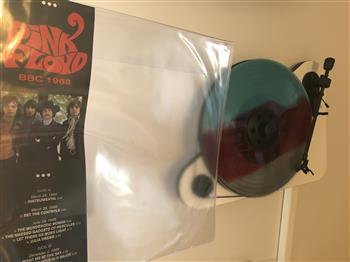
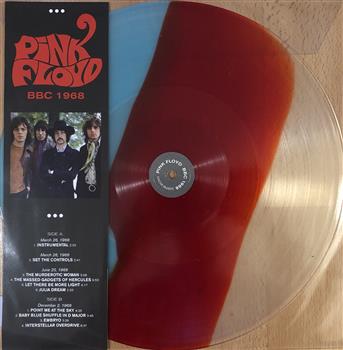
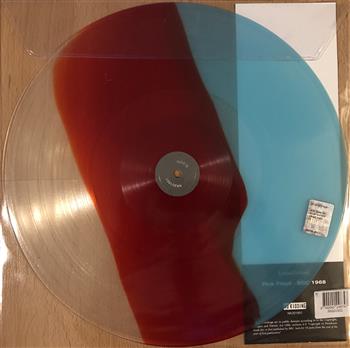
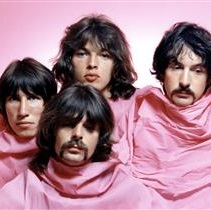

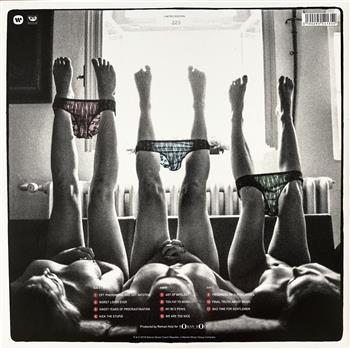

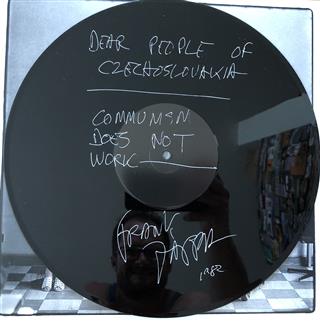
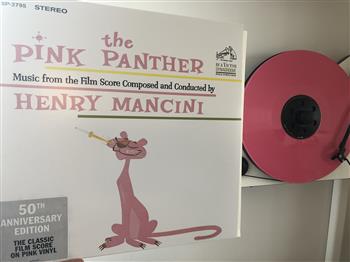
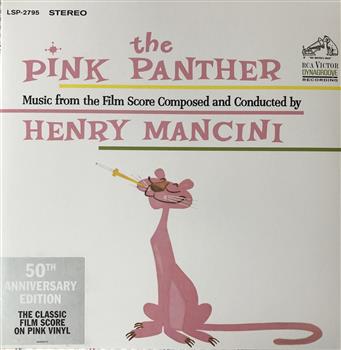

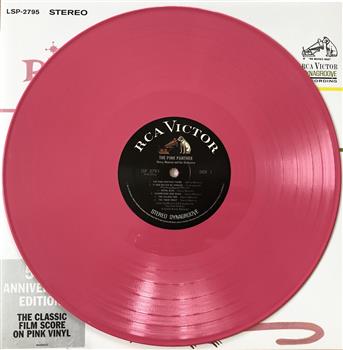
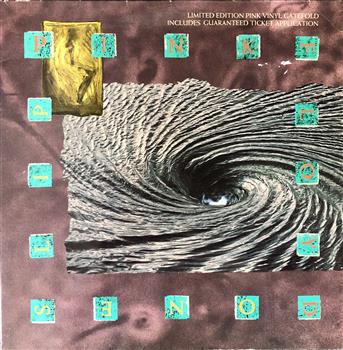
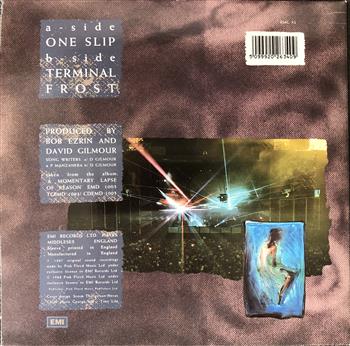
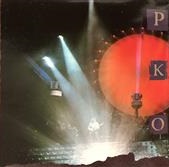
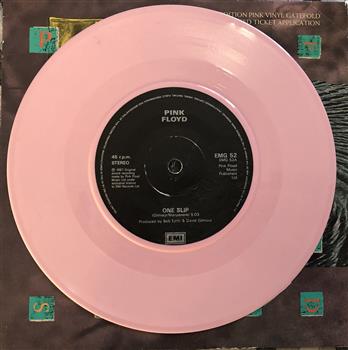
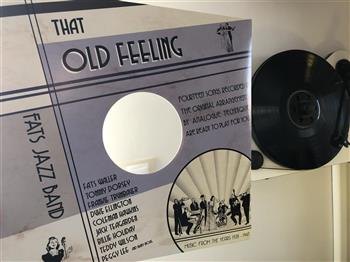

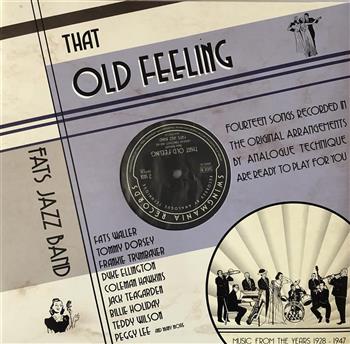
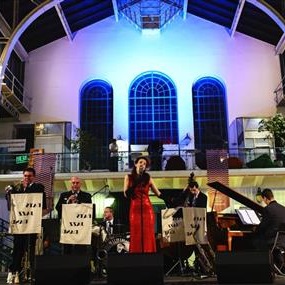
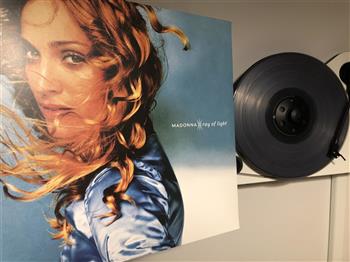
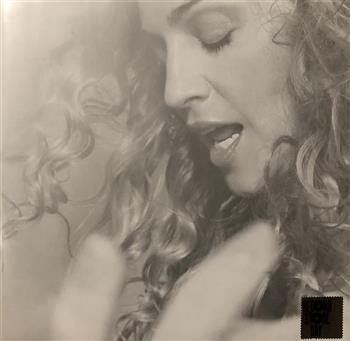

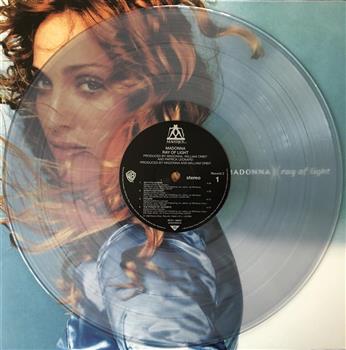


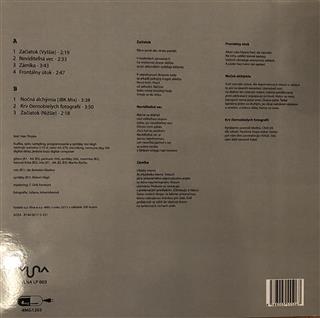

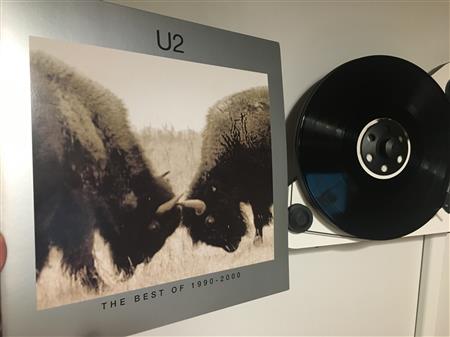

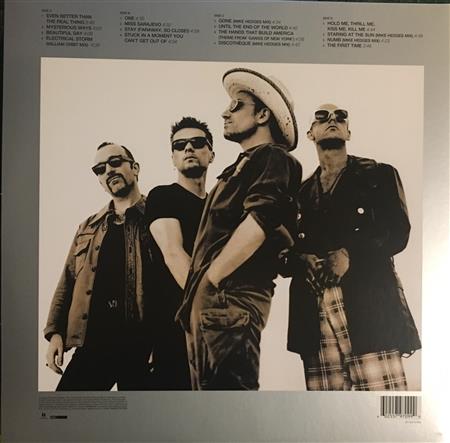
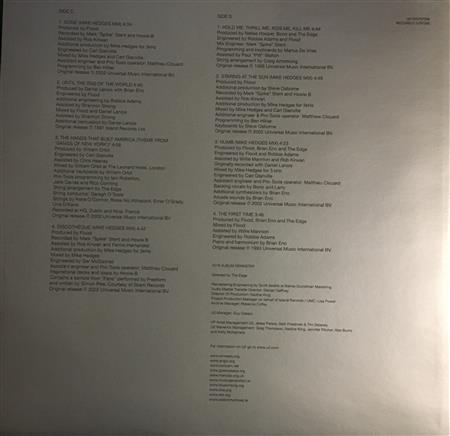
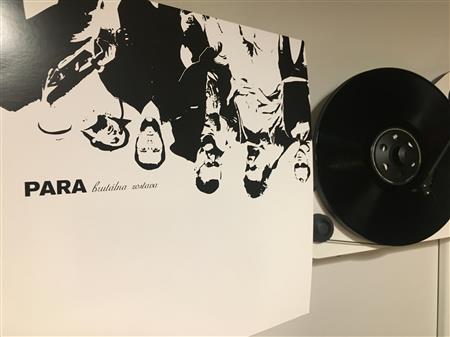

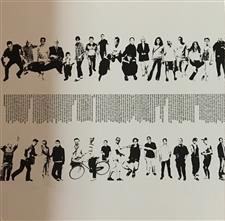
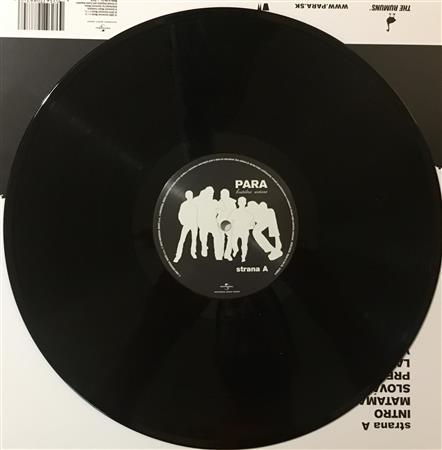

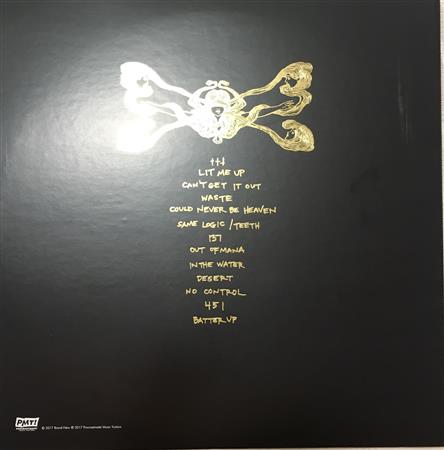
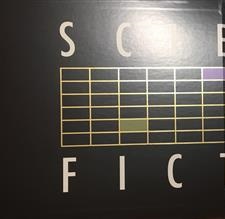

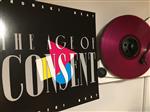

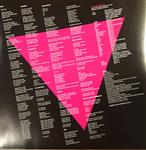
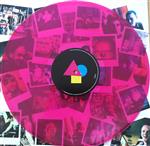
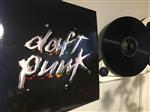
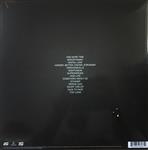

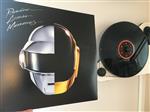
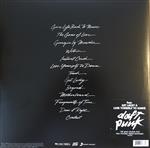

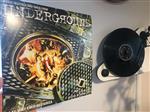
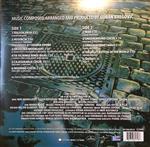
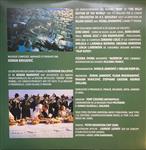
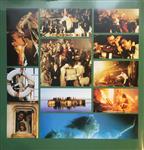
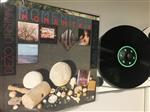
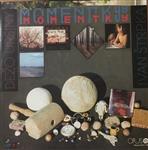
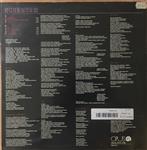



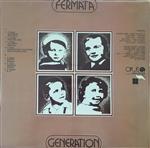
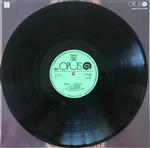

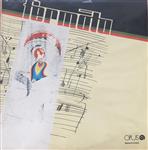
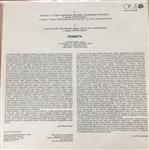
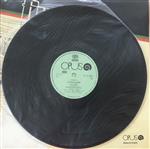
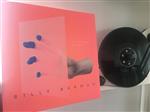
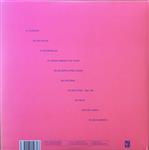

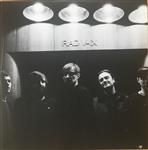
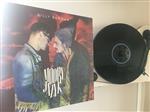
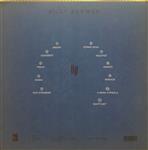




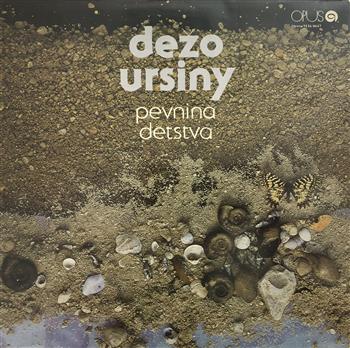
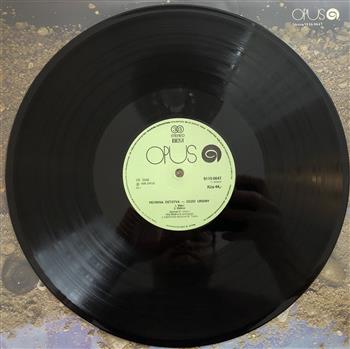

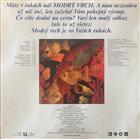

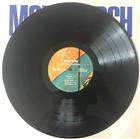



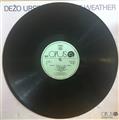

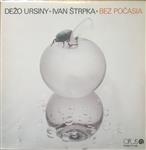
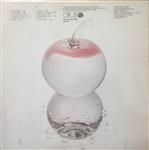



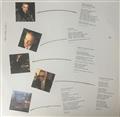
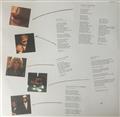

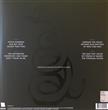
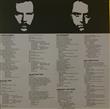
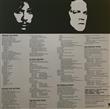

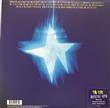


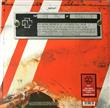



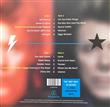


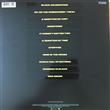

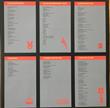


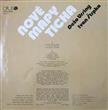
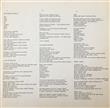

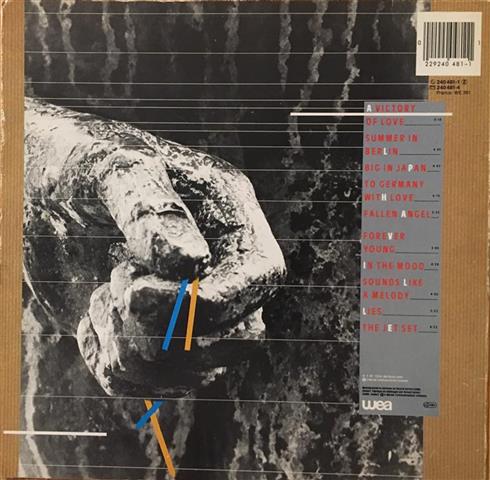
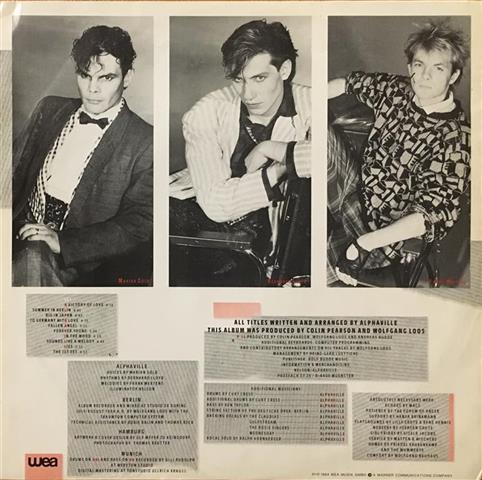
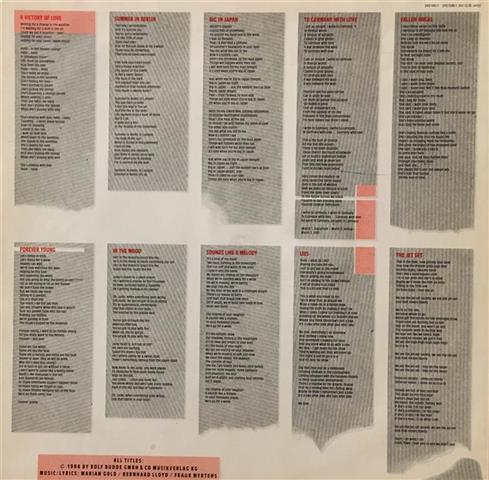

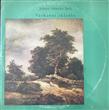

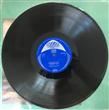

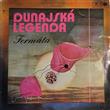
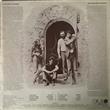



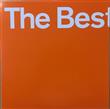



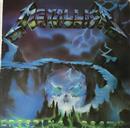
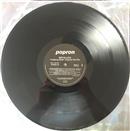




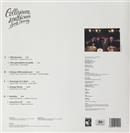




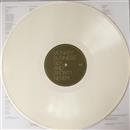


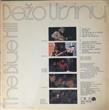


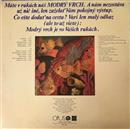




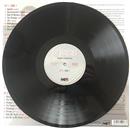

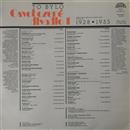

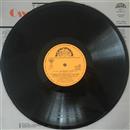

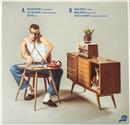

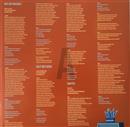

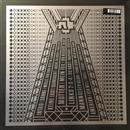
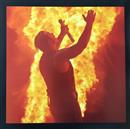


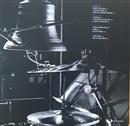



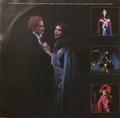


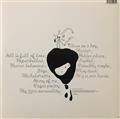


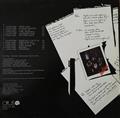

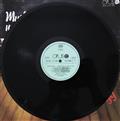



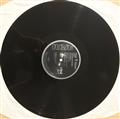

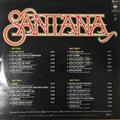


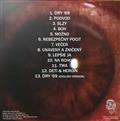

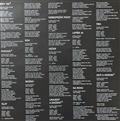

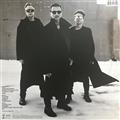



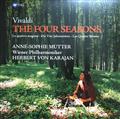

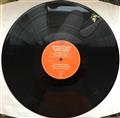

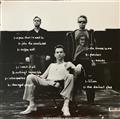








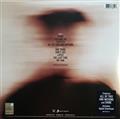

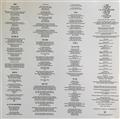

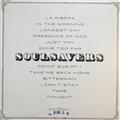
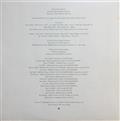
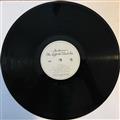


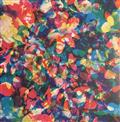
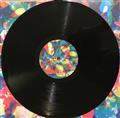

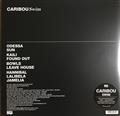








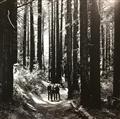

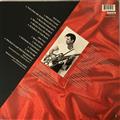




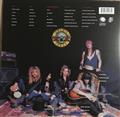
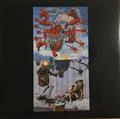

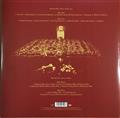


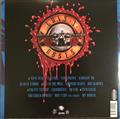




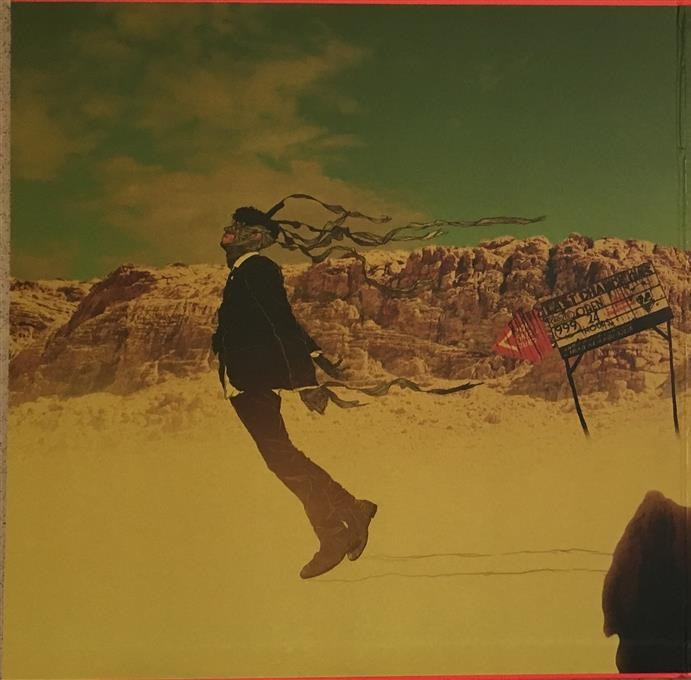
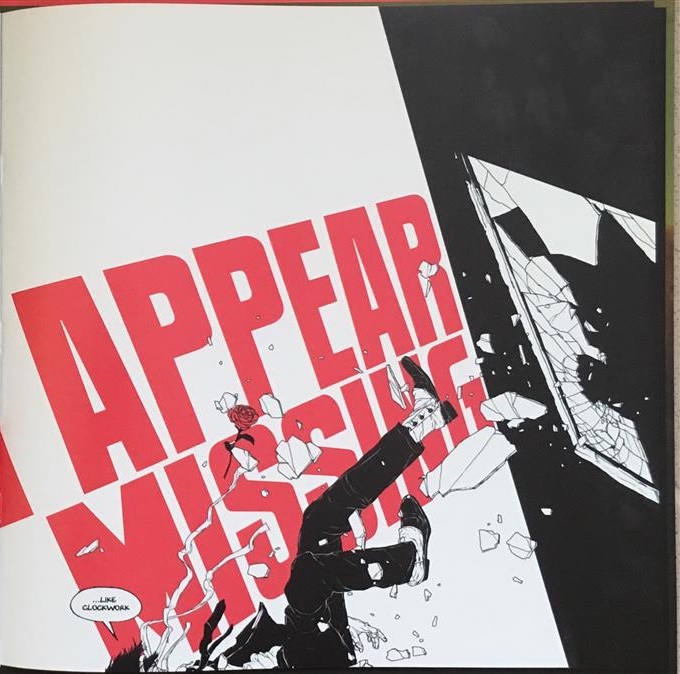



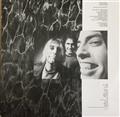




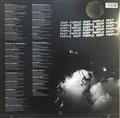
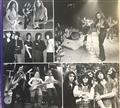
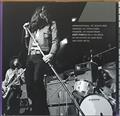

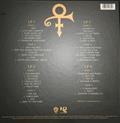
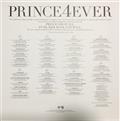
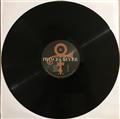

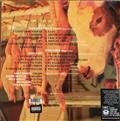


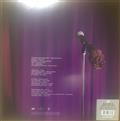


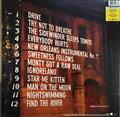



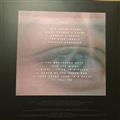


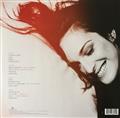


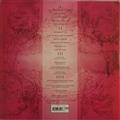


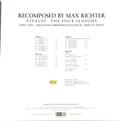


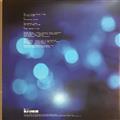

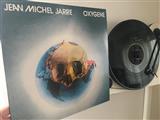
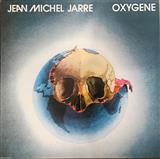
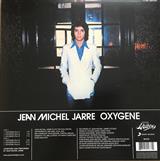


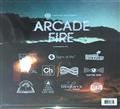


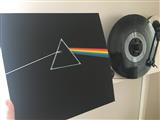
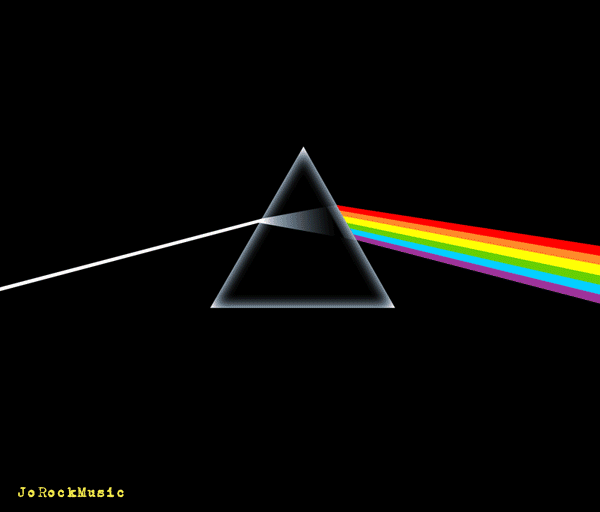

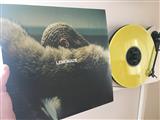



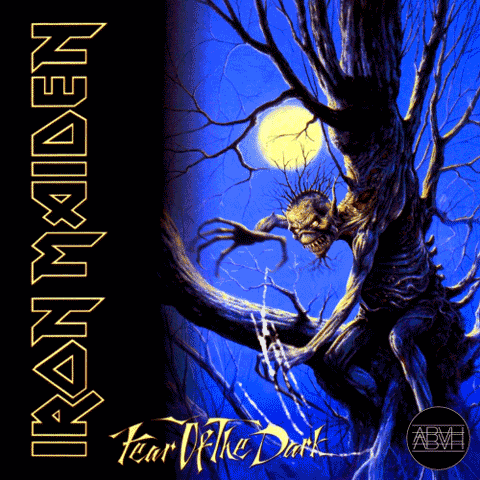
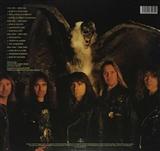



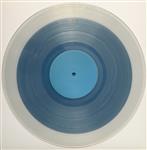
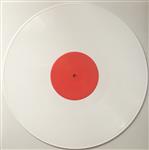
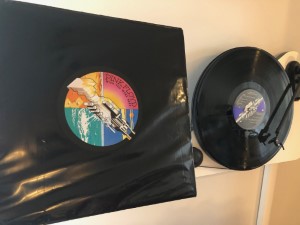
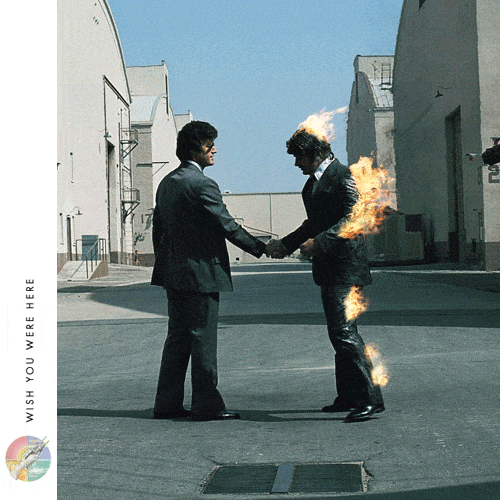
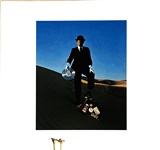

 (Custom).jpg)
 (Custom).jpg)
 (Custom).jpg)
 (Custom).jpg)
 (Custom).jpg)
 (Custom).jpg)
 (Custom).jpg)
 (Custom).jpg)
 (Custom).jpg)
 (Custom).jpg)
 (Custom).jpg)
 (Custom).jpg)
 (Custom).jpg)
 (Custom).jpg)
 (Custom).jpg)
 (Custom).jpg)
 (Custom).jpg)
 (Custom).jpg)
 (Custom).jpg)
 (Custom).jpg)
 (Custom).jpg)
 (Custom).jpg)
 (Custom).jpg)
 (Custom).jpg)
 (Custom).jpg)
 (Custom).jpg)
 (Custom).jpg)
 (Custom).jpg)
 (Custom).jpg)
 (Custom).jpg)
 (Custom).jpg)
 (Custom).jpg)
 (Custom).jpg)
 (Custom).jpg)
 (Custom).jpg)
 (Custom).jpg)
 (Custom).jpg)
 (Custom).jpg)
 (Custom).jpg)
 (Custom).jpg)
 (Custom).jpg)
 (Custom).jpg)
 (Custom).jpg)
 (Custom).jpg)
 (Custom).jpg)
 (Custom).jpg)
 (Custom).jpg)
 (Custom).jpg)
 (Custom).jpg)
 (Custom).jpg)
 (Custom).jpg)
 (Custom).jpg)
 (Custom).jpg)
 (Custom).jpg)
 (Custom).jpg)
 (Custom).jpg)
 (Custom).jpg)
 (Custom).jpg)
 (Custom).jpg)
 (Custom).jpg)
 (Custom).jpg)
 (Custom).jpg)
 (Custom).jpg)
 (Custom).jpg)
 (Custom).jpg)
 (Custom).jpg)
 (Custom).jpg)
 (Custom).jpg)
 (Custom).jpg)
 (Custom).jpg)
 (Custom).jpg)
 (Custom).jpg)
 (Custom).jpg)
 (Custom).jpg)
 (Custom).jpg)
 (Custom).jpg)
 (Custom).jpg)
 (Custom).jpg)
 (Custom).jpg)
 (Custom).jpg)
 (Custom).jpg)
 (Custom).jpg)
 (Custom).jpg)
 (Custom).jpg)
 (Custom).jpg)
 (Custom).jpg)
 (Custom).jpg)
 (Custom).jpg)
 (Custom).jpg)
 (Custom).jpg)
 (Custom).jpg)
 (Custom).jpg)
 (Custom).jpg)
 (Custom).jpg)
 (Custom).jpg)
 (Custom).jpg)
 (Custom).jpg)
 (Custom).jpg)
 (Custom).jpg)
 (Custom).jpg)
 (Custom).jpg)
 (Custom).jpg)
 (Custom).jpg)
 (Custom).jpg)
 (Custom).jpg)
 (Custom).jpg)
 (Custom).jpg)
 (Custom).jpg)
 (Custom).jpg)
 (Custom).jpg)
 (Custom).jpg)
 (Custom).jpg)
 (Custom).jpg)
 (Custom).jpg)
 (Custom).jpg)
 (Custom).jpg)
 (Custom).jpg)
 (Custom).jpg)
 (Custom).jpg)
 (Custom).jpg)
 (Custom).jpg)
 (Custom).jpg)
 (Custom).jpg)
 (Custom).jpg)
 (Custom).jpg)
 (Custom).jpg)
 (Custom).jpg)
 (Custom).jpg)
 (Custom).jpg)
 (Custom).jpg)
 (Custom).jpg)
 (Custom).jpg)
 (Custom).jpg)
 (Custom).jpg)
 (Custom).jpg)
 (Custom).jpg)
 - Copy.jpg)
 - Copy.jpg)
 - Copy.jpg)
 - Copy.jpg)
 (Custom).jpg)
 (Custom).jpg)
 (Custom).jpg)
 (Custom).jpg)
 (Custom).jpg)
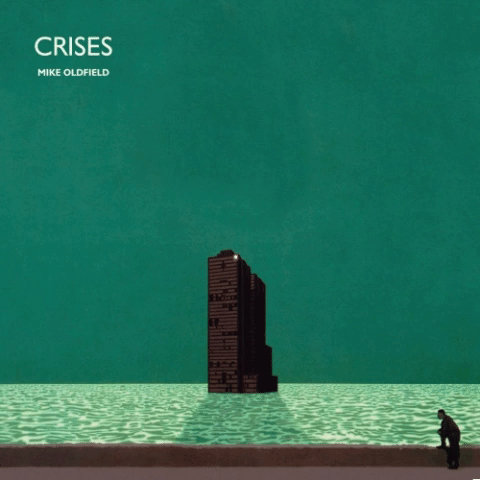
 (Custom).jpg)
 (Custom).jpg)
 m.jpg)
 m.jpg)
 m.jpg)
 m.jpg)
 m.jpg)
 m.jpg)
 m.jpg)
 m.jpg)
 m.jpg)
 m.jpg)
 m.jpg)
 m.jpg)
 m.jpg)
 m.jpg)
 m.jpg)
 m.jpg)
 m.jpg)
 m.jpg)
 m.jpg)
 m.jpg)
 m.jpg)
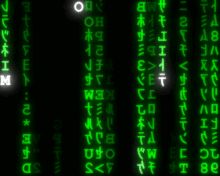
 m.jpg)
 m.jpg)
 m.jpg)
 m.jpg)
 m.jpg)
 m.jpg)
 m.jpg)
 m.jpg)
 m.jpg)
 m.jpg)
 m.jpg)
 m.jpg)
 m.jpg)
 m.jpg)
 m.jpg)
 m.jpg)
 m.jpg)
 m.jpg)
